A Comprehensive Guide to the Innovations, Designs, and Technologies Shaping Modern Spaces
The world of interior design and architecture is in a constant state of flux, and few materials embody this dynamic evolution more than ceramic tiles. Once a simple, utilitarian surface, the modern tile has been transformed into a canvas for technological innovation, artistic expression, and a commitment to sustainability. Today’s ceramic tiles are no longer just about covering a floor or wall; they are about creating an experience, adding a sensory layer to a space, and reflecting a deeper connection to nature and technology. This profound shift is being driven by a handful of key trends that are collectively redefining the landscape of the tile industry.
From hyper-realistic surfaces that perfectly mimic natural stone to smart tiles that can clean themselves, the industry is witnessing an unprecedented wave of creativity and engineering. Companies at the forefront of this movement, such as CPG , a pioneering Iranian tile exporter with more than three years of experience supplying high-quality ceramic tiles to the Russian market, are not just following these trends—they are helping to shape them. Their journey, having been one of the first in their region to successfully navigate and supply this demanding market, provides a unique perspective on how global trends are influencing local production and international trade. This article delves deep into the most significant trends that are setting the stage for the future of ceramic tiles.
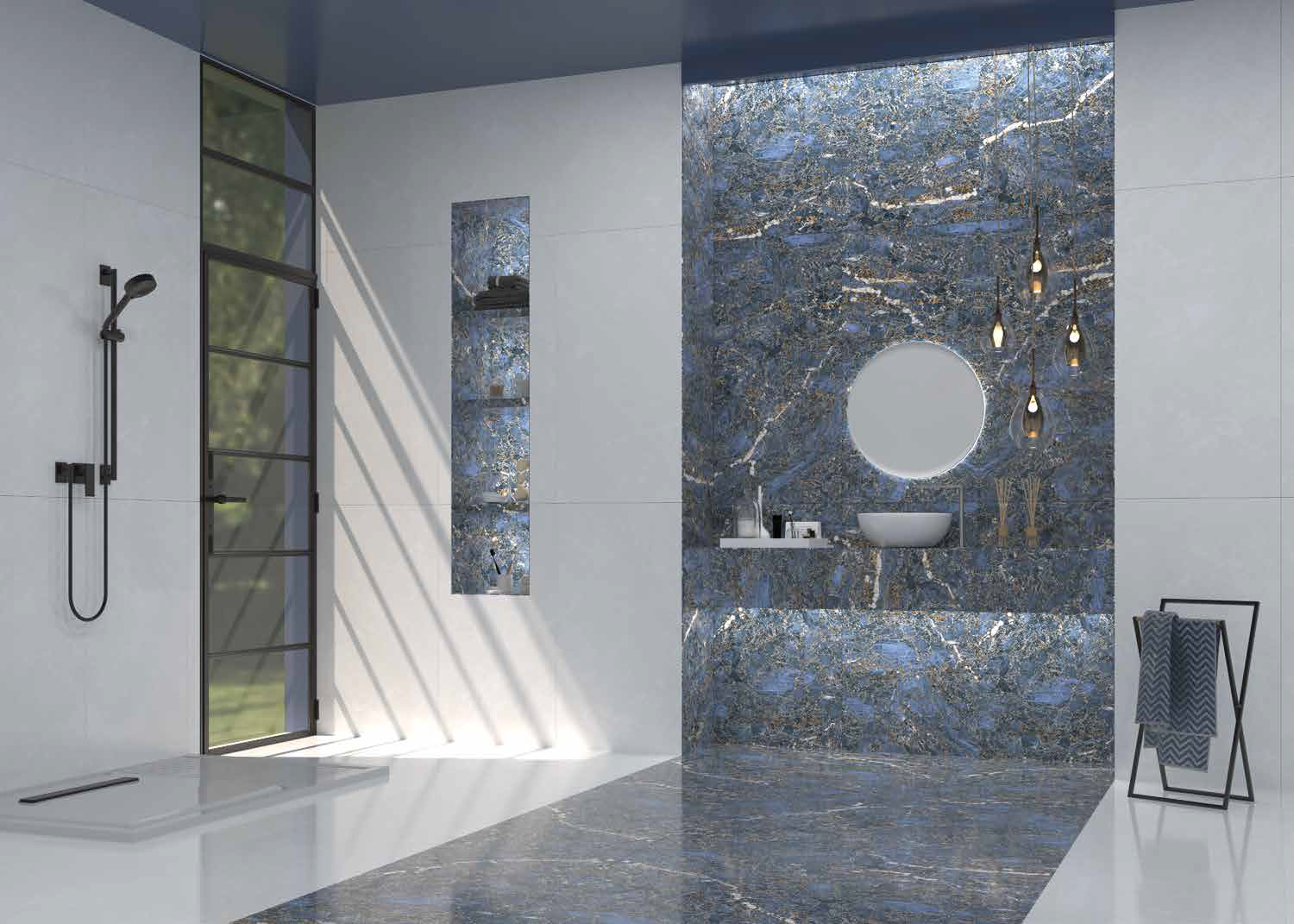
۱. Advanced Digital Printing: The Era of Hyper-Realism
The days of repetitive, low-resolution patterns are a thing of the past. The most significant technological leap in the ceramic tile industry has been the advent of advanced digital printing. Using high-definition inkjet technology, manufacturers can now create tiles that are virtually indistinguishable from natural materials like wood, marble, granite, and intricate stone. This hyper-realistic replication is not just about visual aesthetics; it’s a game-changer for both design and efficiency.
Hyper-Realistic Replications: Mimicking Nature with Precision
Modern digital printing allows for the creation of vast, non-repeating patterns that capture the subtle imperfections, intricate veining, and authentic variations found in nature. A porcelain tile can now perfectly replicate the rich grain of a hardwood floor, complete with knots and textures, without the maintenance and vulnerability to moisture that wood requires. Similarly, marble-look tiles can feature the dramatic, unique veining of Carrara or Calacatta stone, providing a luxurious aesthetic at a fraction of the cost and with superior durability. This technology democratizes high-end design, making luxurious aesthetics accessible to a broader market while preserving the world’s finite natural resources.
The Efficiency Advantage: Less Waste, More Variety
Beyond their stunning appearance, digitally printed tiles offer significant practical benefits. The production process is more efficient and creates far less material waste than traditional methods. Manufacturers can also produce a wider range of designs with minimal setup time, allowing for greater customization and a quicker response to emerging market demands. This flexibility enables companies like Ceram Pakhsh Group to offer a diverse and unique product line that appeals to the sophisticated tastes of international clients. The ability to produce realistic wood, stone, and even fabric effects on a durable ceramic base has fundamentally altered the material choices for designers and homeowners alike.
۲. The Rise of Large-Format Tiles
For years, smaller, traditional tiles dominated the market. Now, the pendulum has swung decisively in favor of large-format tiles, sometimes referred to as ‘slabs.’ These expansive tiles, which can measure over 1.5 meters in length or width, are transforming both residential and commercial spaces by creating a seamless, cohesive look with minimal grout lines.
Seamless and Expansive Aesthetics: A Sense of Grandeur
The primary appeal of large-format tiles lies in their ability to create a visually clean and uninterrupted surface. Fewer grout lines mean a sleek, modern aesthetic that makes spaces feel larger, more open, and less cluttered. This is particularly effective in open-plan living areas, kitchens, and large commercial lobbies where a uniform surface creates a sense of grandeur and continuity. Large-format tiles are also perfect for modern, minimalist designs where the focus is on clean lines and a simple, yet powerful, visual impact.
Practical Benefits: Easier Maintenance and Installation
From a practical standpoint, the reduction in grout lines simplifies cleaning and maintenance. Grout can be a notorious collector of dirt and mold, and with large-format tiles, this issue is significantly minimized. While the installation process for these massive tiles requires specialized tools and expertise, the long-term benefits in terms of aesthetics and upkeep make them an increasingly popular choice. Companies at the forefront of the industry are now training their teams to handle these materials expertly, a testament to the fact that this is not just a passing fad but a new standard in tile design.
۳. Tactile Textures and 3D Surfaces
Beyond visual appeal, the next frontier in ceramic tile design is about engaging the sense of touch. Tiles with raised patterns, subtle ridges, and three-dimensional textures are adding a new layer of depth and sensory richness to spaces. These tiles create a dynamic interplay of light and shadow, transforming flat surfaces into sculptural elements.
Adding Depth and Dimension: From Flat to Fluid
۳D tiles come in an astonishing array of designs, from geometric waves and abstract reliefs to realistic wood grains and stone textures. They can be used to create striking feature walls, provide an architectural focal point behind a bed, or add a subtle, tactile finish to a bathroom. The shadows cast by the raised surfaces change throughout the day, giving the space a living, evolving quality. This trend is a direct response to the desire for a more multi-sensory and engaging interior experience, moving beyond the purely visual and inviting physical interaction with the surface.
۴. Bold Finishes: From Reflective to Metallic
The traditional matte and glossy finishes are being joined by a new wave of bold, futuristic options. High-gloss, metallic, and reflective coatings are adding a touch of drama and sophistication to modern designs.
A Dazzling Array of Finishes: The Future is Reflective
Metallic finishes, including chrome, bronze, and copper, are bringing an industrial-chic and luxurious feel to spaces. These tiles can be used to create a striking accent wall or to subtly introduce a touch of metallic shine. Their reflective properties can also help to make a room feel larger and brighter by bouncing light around the space. Paired with minimalist furniture and neutral palettes, these finishes create a stunning contrast that elevates the entire design. The move toward bold finishes reflects a growing desire for expressive and personality-driven interiors that go beyond conventional norms.
۵. Nature-Inspired Colors: Embracing Biophilic Design
As people spend more time indoors, there is a growing trend to reconnect with the natural world. This movement, known as biophilic design, is influencing everything from furniture to flooring. In the ceramic tile industry, this translates to a return to earthy, organic color palettes.
A Grounding Palette: Bringing the Outdoors In
Rich terracotta, soft sage greens, warm beige, and muted blues are becoming the colors of choice for both residential and commercial projects. These shades create a calming and grounding atmosphere, promoting a sense of well-being and tranquility. Unlike bold, artificial colors, nature-inspired palettes have a timeless appeal that transcends trends. This shift is not just about a color preference; it’s a reflection of a deeper societal desire for spaces that feel nurturing, restful, and connected to the environment.
۶. Bold and Geometric Patterns
After a long period of minimalist dominance, patterns are making a powerful comeback. From striking geometric designs to classic checkerboard layouts, tiles are now a primary tool for creating a unique and personalized space.
Express Yourself: From Repetition to Individuality
Geometric patterns, such as hexagons, chevrons, and intricate mosaics, add a playful and dynamic element to a room. They can be used to delineate different zones in an open-plan space or to create a stunning, statement-making floor or wall. The checkerboard pattern, a classic from the retro era, is also experiencing a major revival, updated with modern color combinations and large-format tiles for a fresh, contemporary look. This trend allows homeowners and designers to infuse a sense of personality and character into their projects, moving away from generic designs and toward something truly unique.
۷. Sustainable and Eco-Friendly Materials
The modern consumer is more environmentally conscious than ever before, and this awareness is driving a strong demand for sustainable building materials. The ceramic tile industry is responding with a growing focus on eco-friendly production methods and recycled materials.
The Green Revolution: Reducing Environmental Impact
Manufacturers are now actively incorporating recycled glass, discarded tiles, and industrial waste into their products, significantly reducing the demand for raw materials. Production processes are also being optimized to consume less energy and water. The result is a new generation of eco-friendly tiles that are not only beautiful and durable but also carry a lower carbon footprint. This commitment to sustainability is no longer a niche concern; it’s a core value that forward-thinking companies like CPG are embracing. By investing in modern, efficient production methods and sustainable sourcing, they are meeting the demands of a global market that values both quality and environmental responsibility.
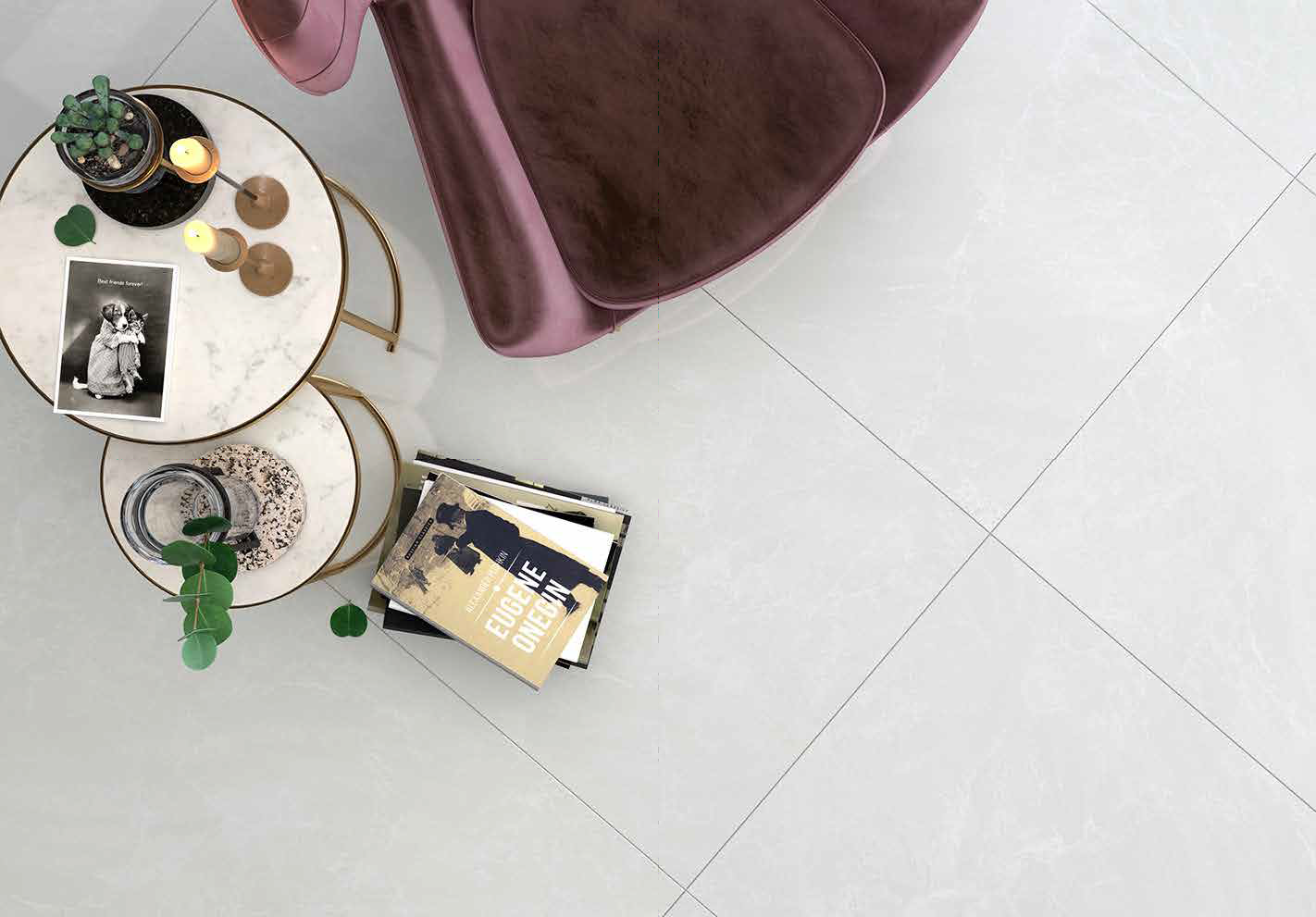
۸. The Rise of Smart Tile Technology
The integration of technology into everyday materials is a major trend, and ceramic tiles are no exception. The concept of “smart tiles” is elevating the function of this traditional material, transforming it into an interactive and highly functional component of the modern home.
From Surface to System: Tiles That Do More
Innovations in smart tile technology are introducing features that were once the stuff of science fiction. Self-cleaning tiles, for example, are coated with a special glaze that, when exposed to light, breaks down organic matter and reduces bacterial growth. Radiant heated tiles provide efficient and comfortable warmth underfoot, while sensor-equipped tiles can monitor foot traffic, detect leaks, or even serve as a light source. These intelligent materials are poised to play a crucial role in the development of smart homes and buildings, adding a layer of convenience, safety, and energy efficiency that traditional tiles simply cannot.
۹. The Revival of Traditional and Mosaic Styles
While technology pushes the industry forward, there is also a strong movement looking to the past for inspiration. Traditional patterns, hand-painted designs, and intricate mosaics are experiencing a major revival, reinterpreted for a modern context.
Timeless Craftsmanship: A Nod to Nostalgia
This trend is driven by a desire for authenticity, craftsmanship, and a connection to history. Handmade and artisanal-style tiles, with their slight imperfections and unique character, add a sense of warmth and individuality that mass-produced products often lack. Mosaic patterns, whether in classic black and white or vibrant, eclectic colors, are being used to create stunning murals and feature floors that evoke a sense of timeless artistry. This revival proves that while technology and innovation are transforming the industry, the human element of craftsmanship and the enduring appeal of classic design will always have a place in the modern aesthetic.
۱۰. Advanced Textural Realism: The Next Frontier in Simulation
Building on the foundation of advanced digital printing, the industry is now moving toward a new level of textural realism. This trend is not just about making a tile look like a natural material; it’s about making it feel like one.
The Authentic Feel: A Sensory Experience
Using sophisticated molding and glazing techniques, manufacturers can now replicate the subtle imperfections of a natural surface, such as the ridges of a wood grain, the rugged texture of slate, or the subtle pitting of travertine. This creates a tactile experience that is incredibly authentic, fooling both the eye and the hand. This level of realism adds a new dimension to design, allowing for the creation of spaces that are not only visually stunning but also rich in sensory detail.
Conclusion
The ceramic tile industry is in the midst of a remarkable transformation, driven by an exciting fusion of technology, sustainability, and artistic expression. From the hyper-realistic replications made possible by advanced digital printing to the practical benefits of smart tiles and the timeless beauty of traditional patterns, the options available to designers and homeowners are more diverse and innovative than ever before. These trends reflect a fundamental shift in how we view the spaces we inhabit—as living, breathing environments that should be beautiful, functional, and reflective of our values.
For pioneers in the industry, such as CPG , these developments present both a challenge and an opportunity. By staying ahead of the curve and leveraging their deep expertise—as evidenced by their pioneering role in successfully exporting Iranian tiles to the competitive Russian market for over three years—they are not just selling products but offering solutions that are at the cutting edge of global design. The future of the ceramic tile industry is bright, and it’s a future where a simple tile can be a piece of art, a technological marvel, and a testament to sustainable living, all at the same time.
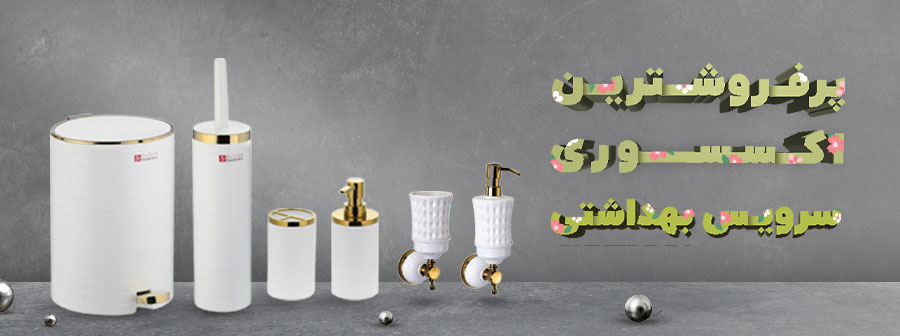
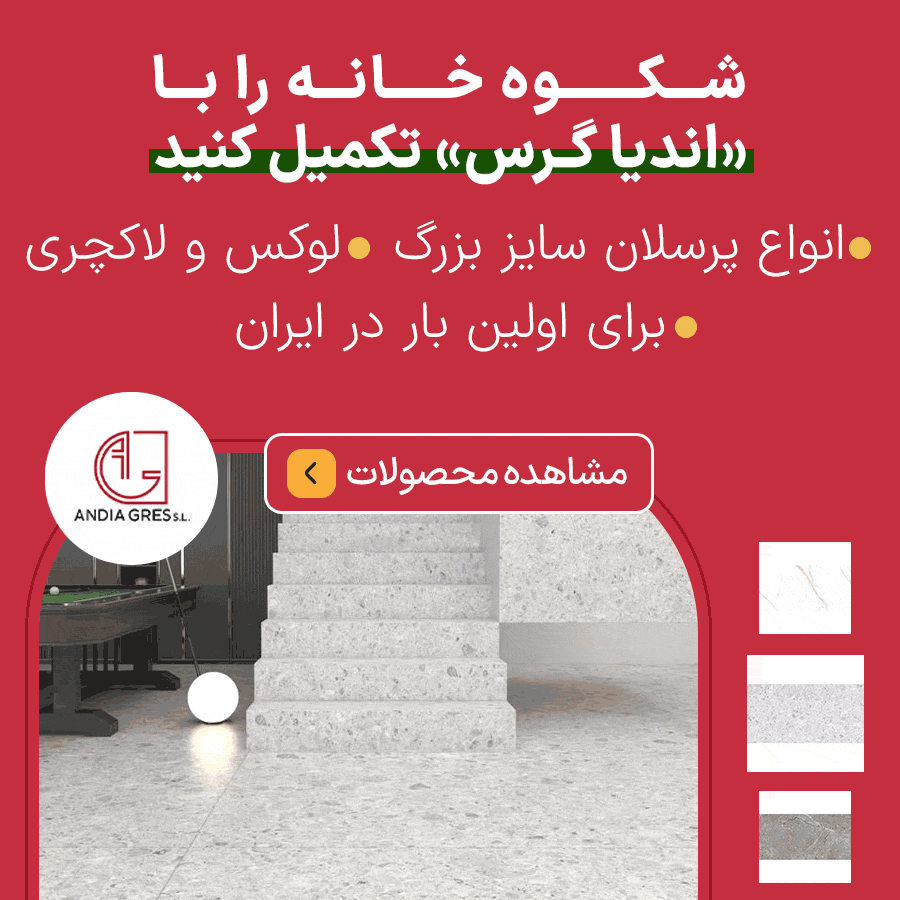
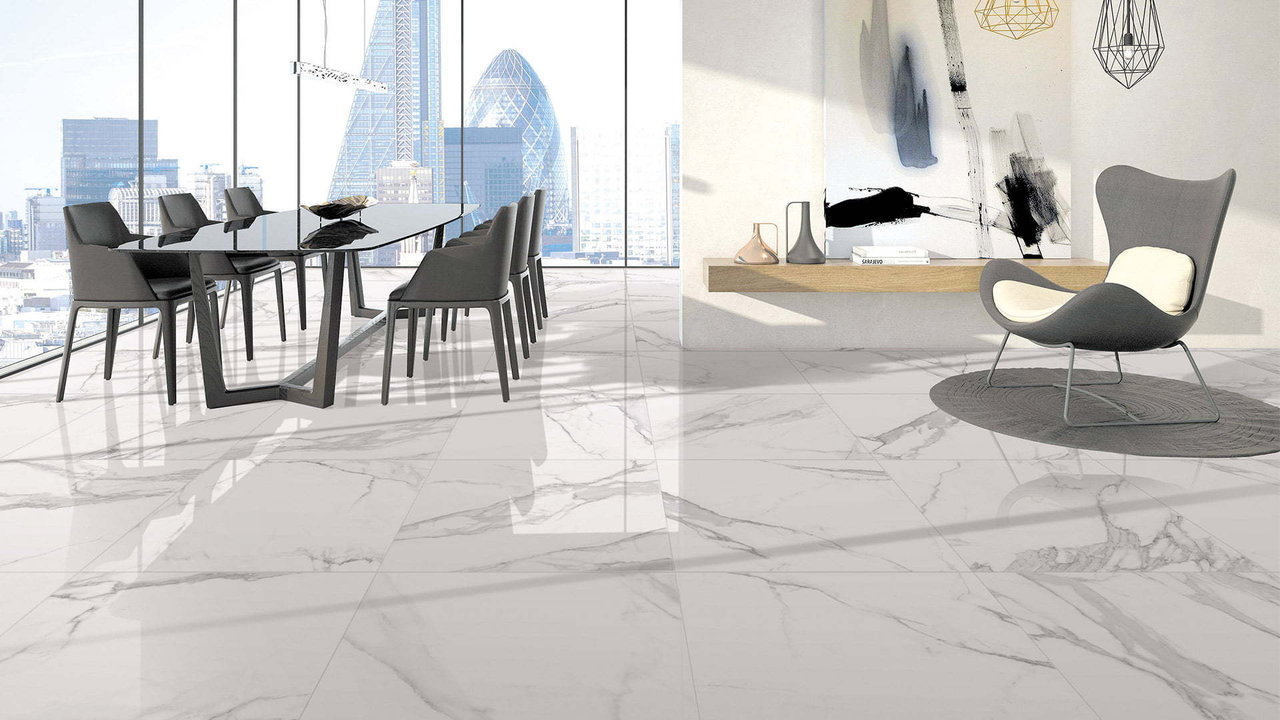
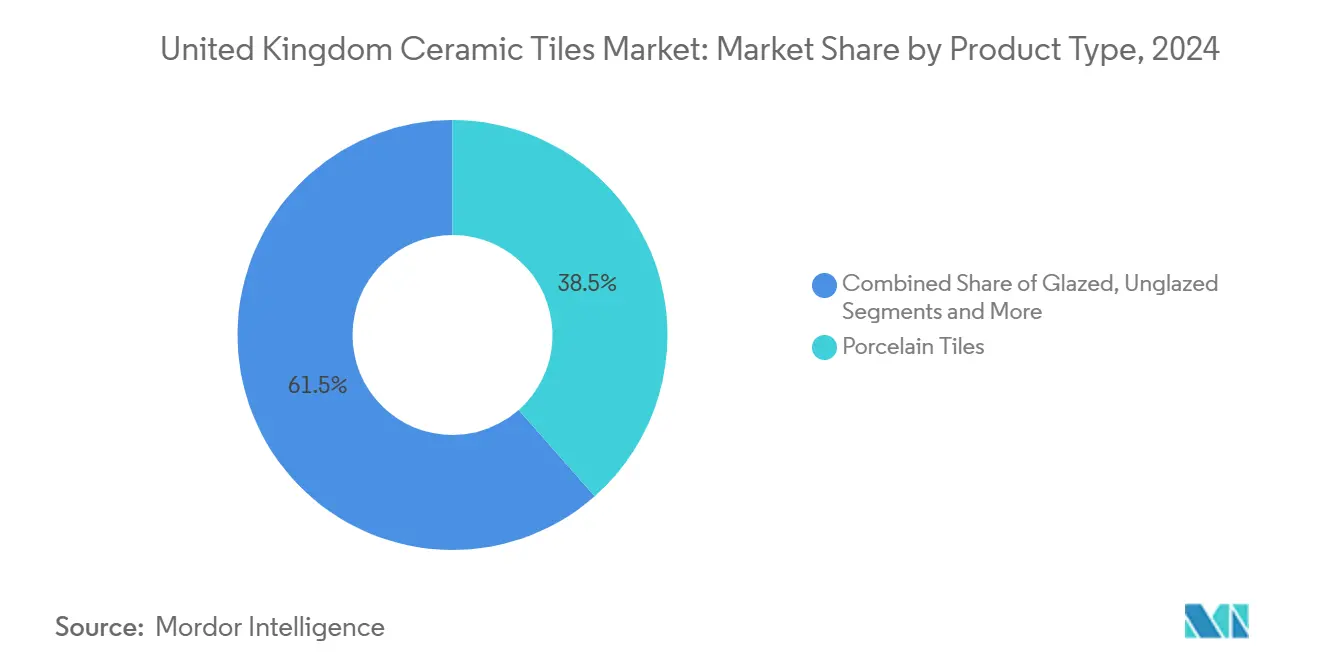
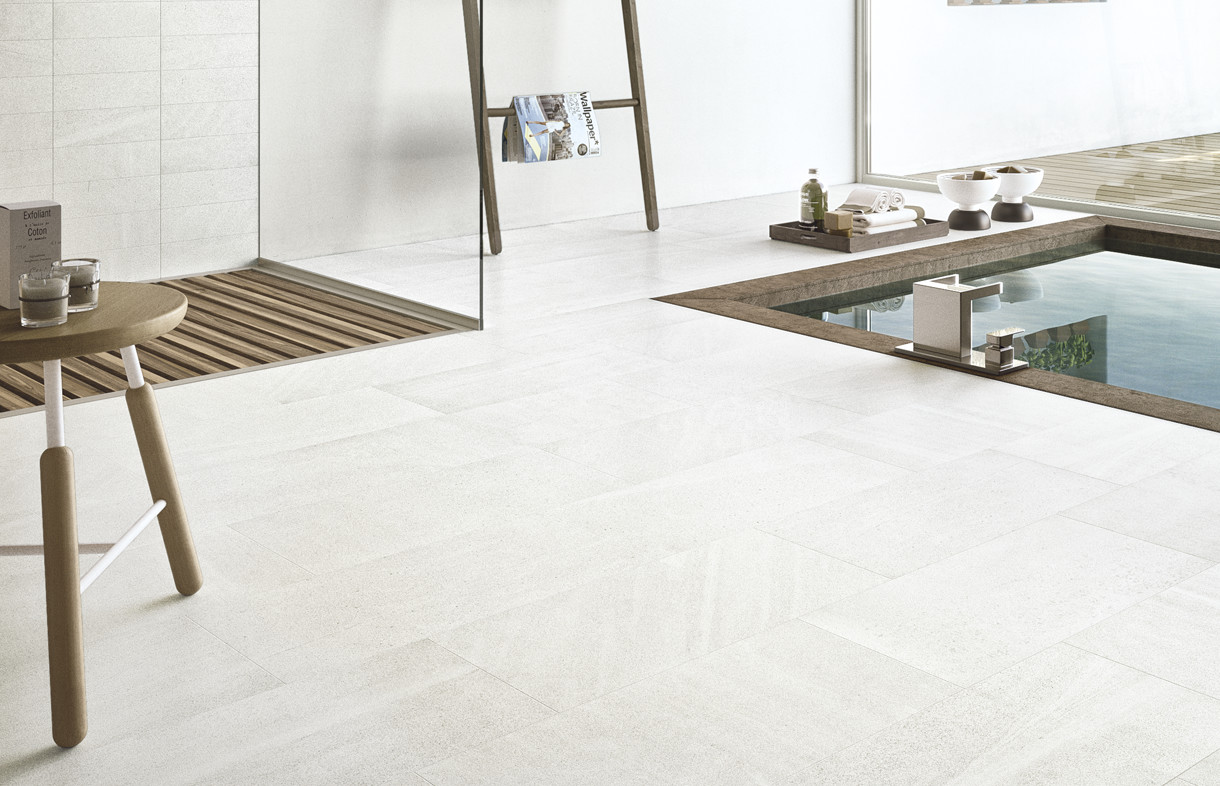

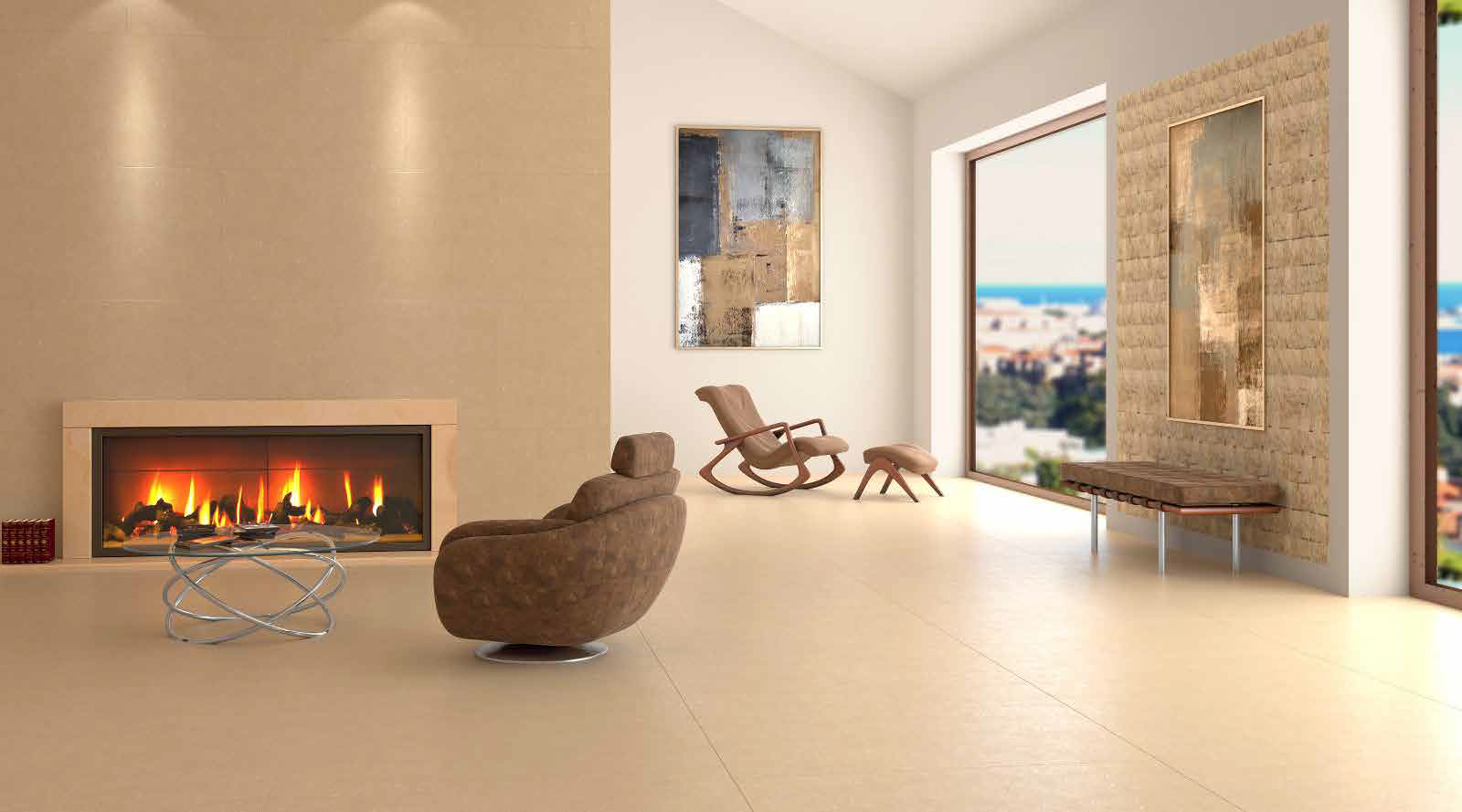

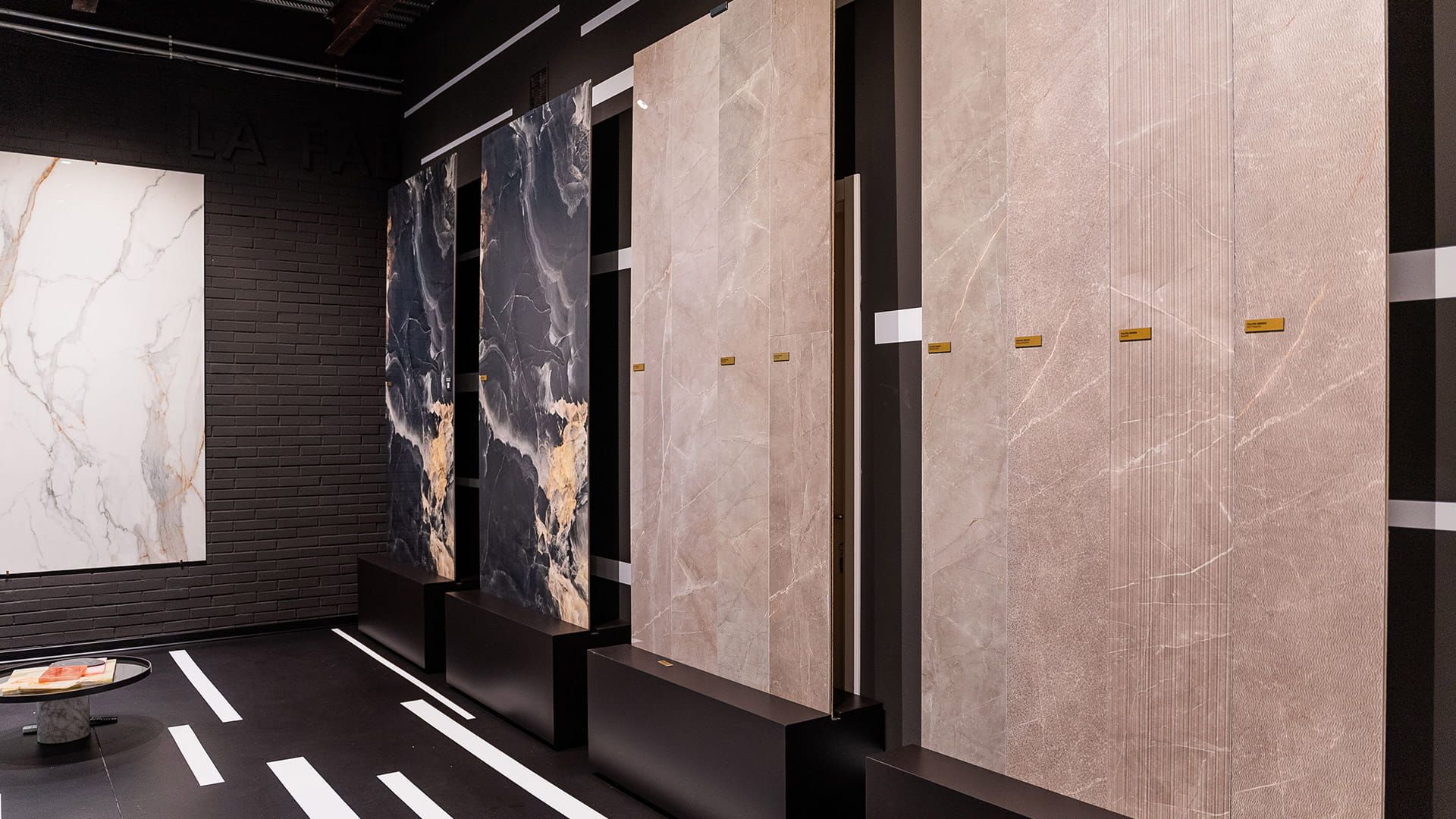
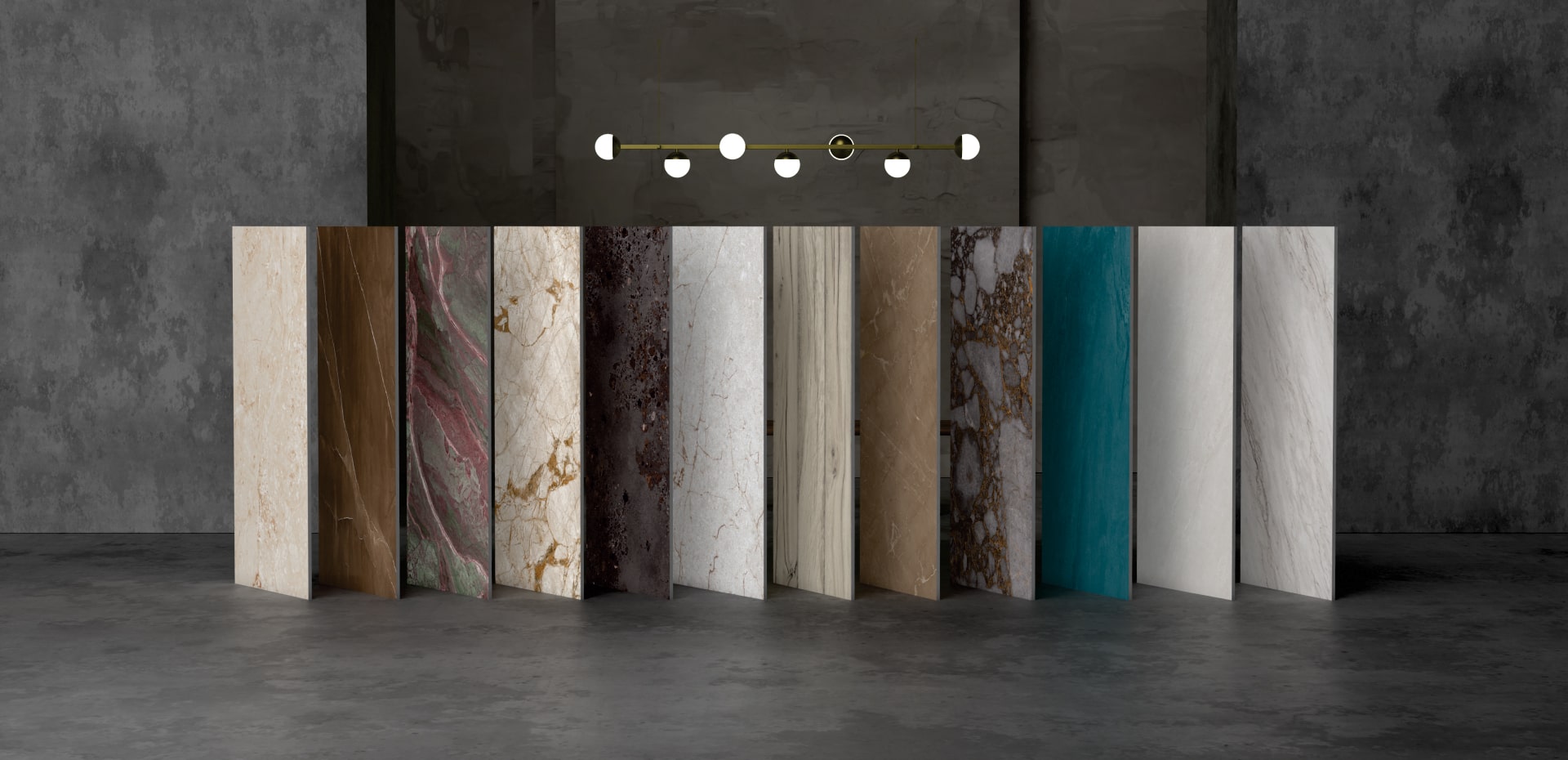
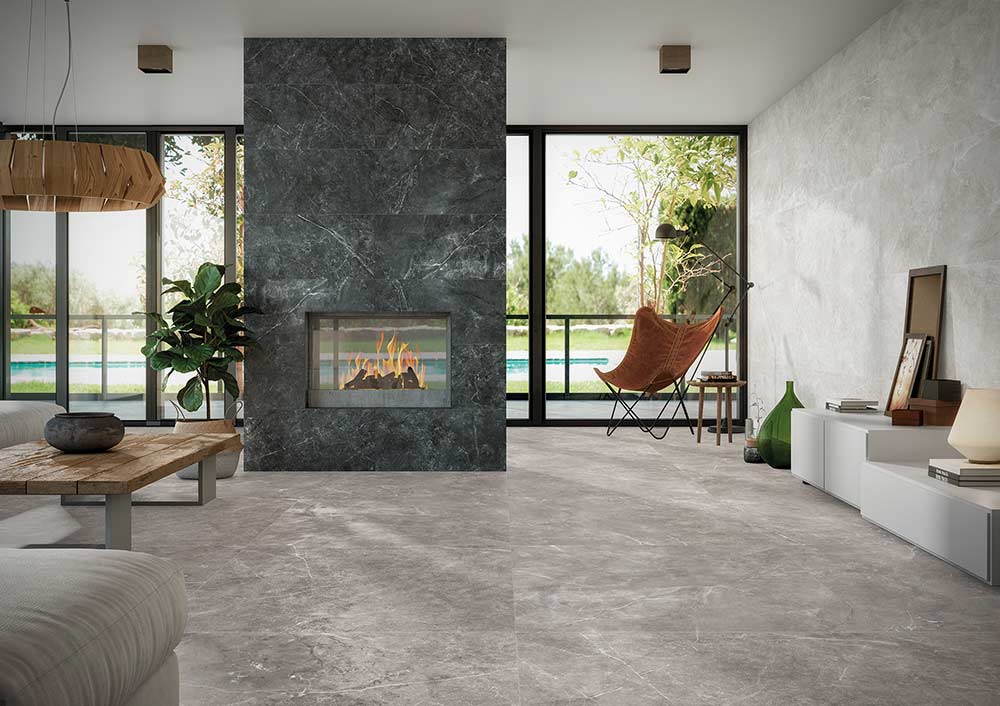
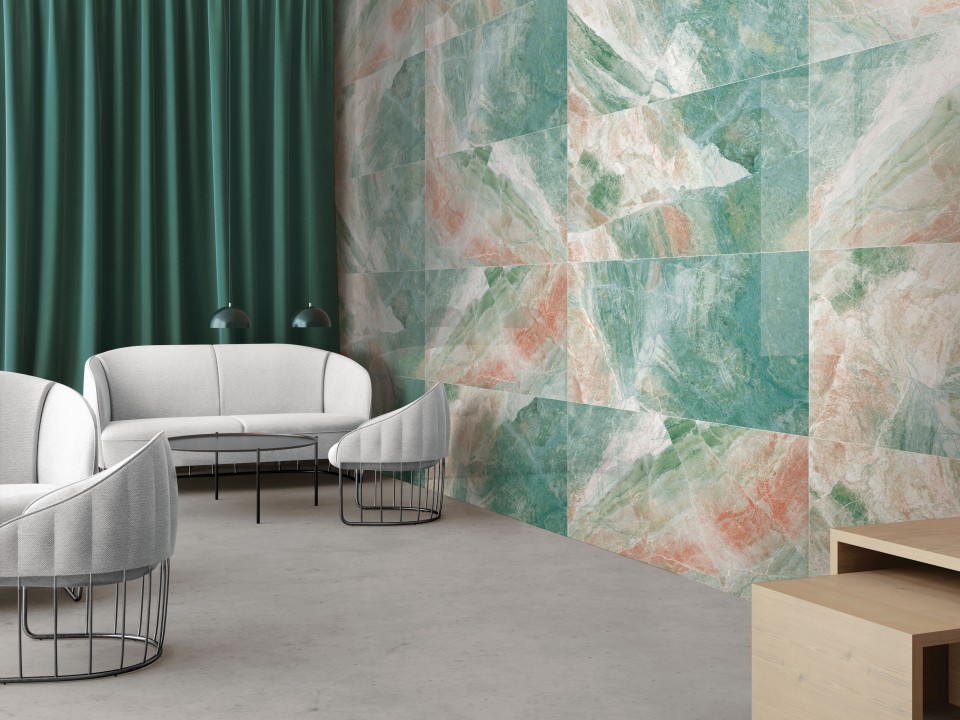
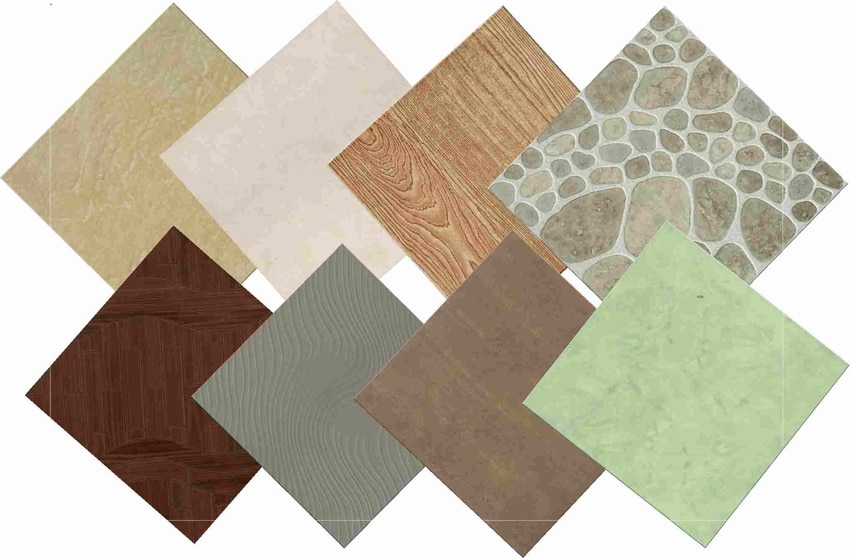
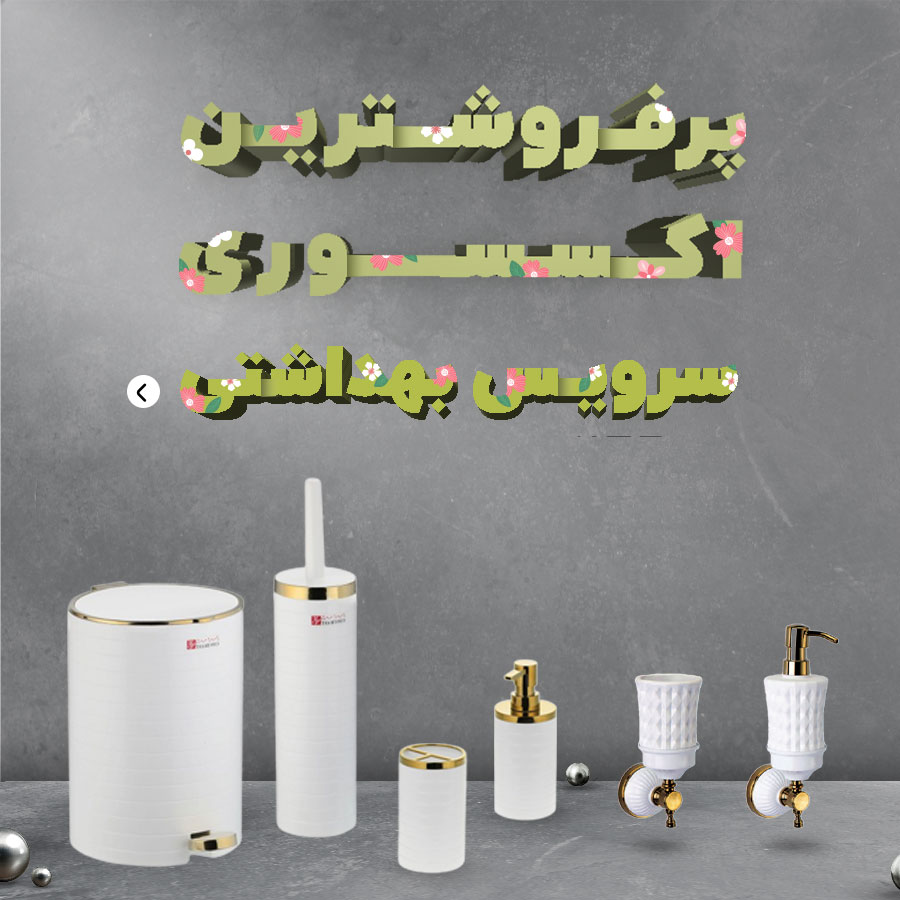

نظرات ۰